Trauma Resuscitation Updates
RebelEM
MAY 25, 2023
Ann Emerg Med 2017 [6] This was a retrospective database review of 7521 traumatic brain injury patients SBP target ≥90mmHg resulted in a mortality of 7.8% Ann Emerg Med 2017 [6] This was a retrospective database review of 7521 traumatic brain injury patients SBP target ≥90mmHg resulted in a mortality of 7.8% NEJM 1994. [2] NEJM 1994.


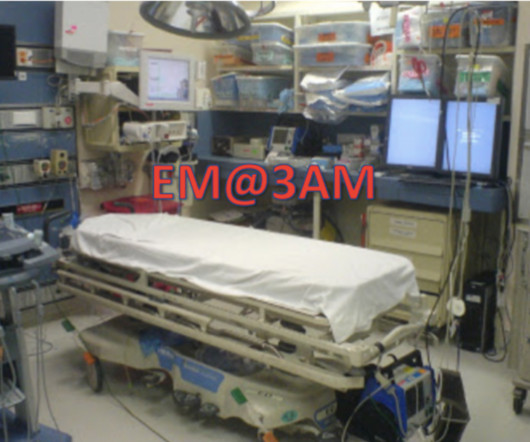








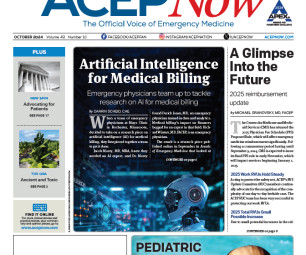








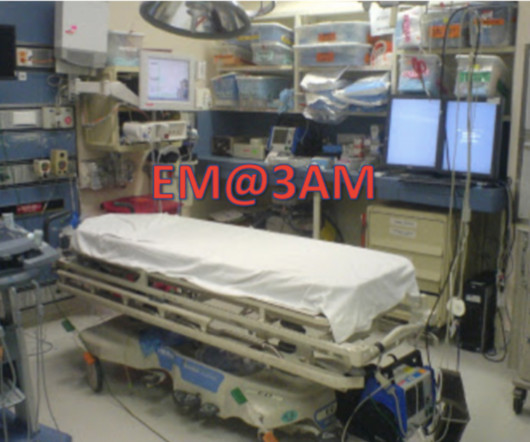



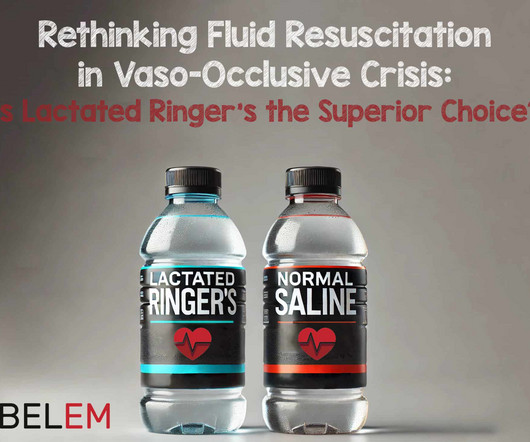

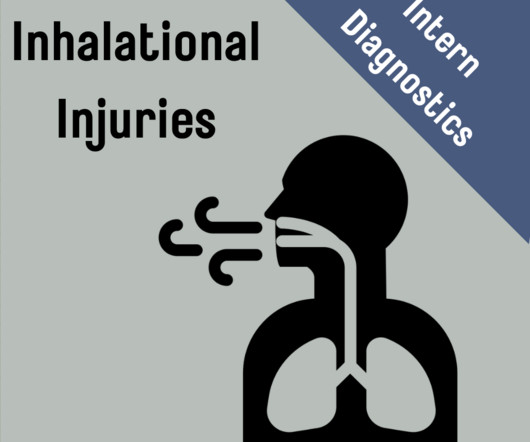
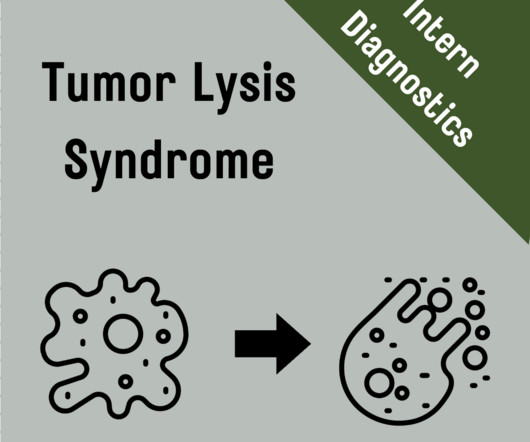








Let's personalize your content